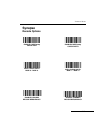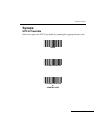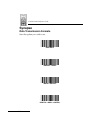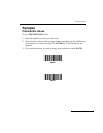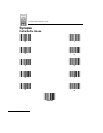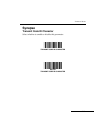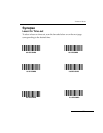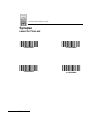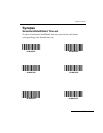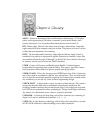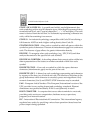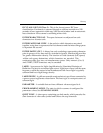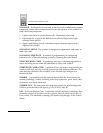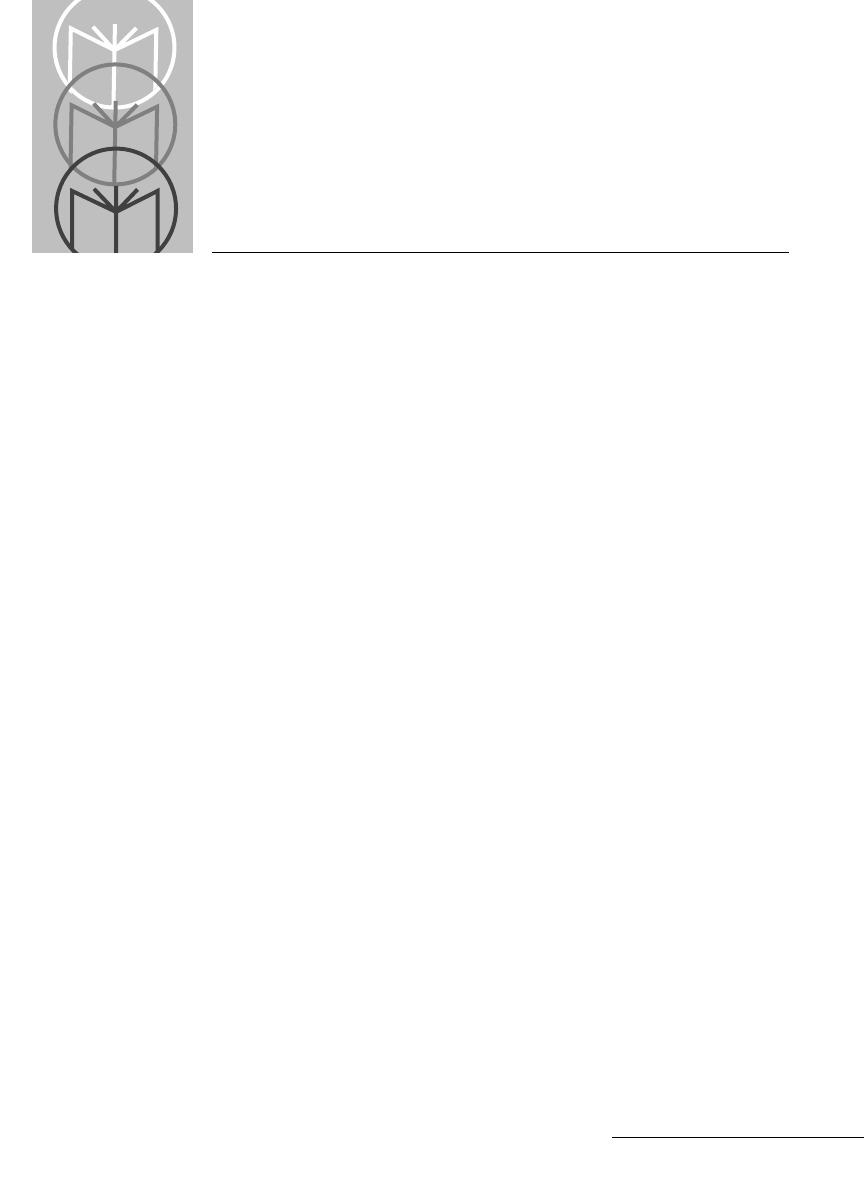
4-1
Chapter 4 Glossary
ASCII - American Standard Code for Information Interchange. A 7 bit-plus-
parity code representing 128 letters, numerals, punctuation marks, and
control characters. It is a standard data transmission code in the U.S.
BIT - Binary digit. One bit is the basic unit of binary information. Generally,
eight consecutive bits compose one byte of data. The pattern of 0 and 1 values
within the byte determines its meaning.
BYTE - On an addressable boundary, eight adjacent binary digits (0 and 1)
combined in a pattern to represent a specific character or numeric value. Bits
are numbered from the right, 0 through 7, with bit 0 the low-order bit. One byte
in memory can be used to store one ASCII character.
CDRH - Center for Devices and Radiological Health. A federal agency
responsible for regulating laser product safety. This agency specifies various
laser operation classes based on power output during operation.
CDRH CLASS I - This is the lowest power CDRH laser class. Class 1 lasers are
safe when used in accordance with the user instructions. They are inherently
safe (so that the maximum possible exposure level cannot be exceeded under
any condition), or are safe by virtue of their engineering design.
CHECK DIGIT - A digit used to verify a correct symbol decode. The scanner
inserts the decoded data into an arithmetic formula and checks that the
resulting number matches the encoded check digit. Check digits are required
for UPC but are optional for other symbologies. Using check digits decreases
the chance of substitution errors when a symbol is decoded.
CODABAR - A discrete self-checking code with a character set consisting of
digits 0 to 9 and six additional characters: (- $ : / , +).
CODE 128 - A high density symbology which allows the controller to encode
all 128 ASCII characters without adding extra symbol elements.



